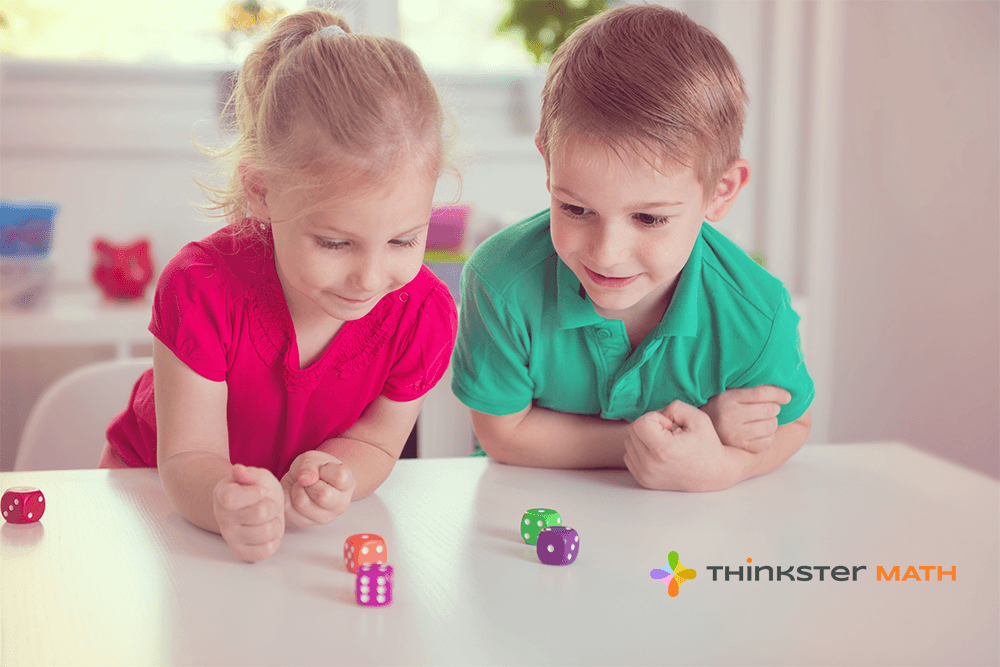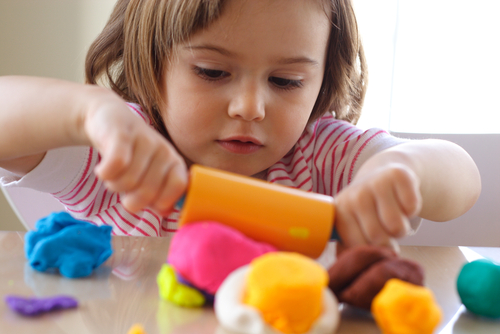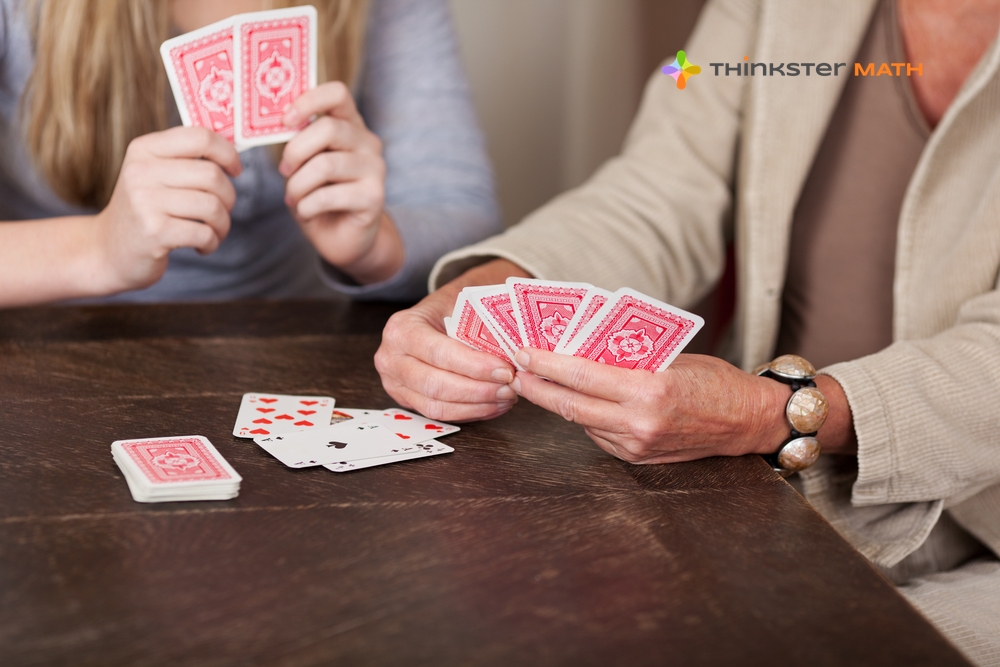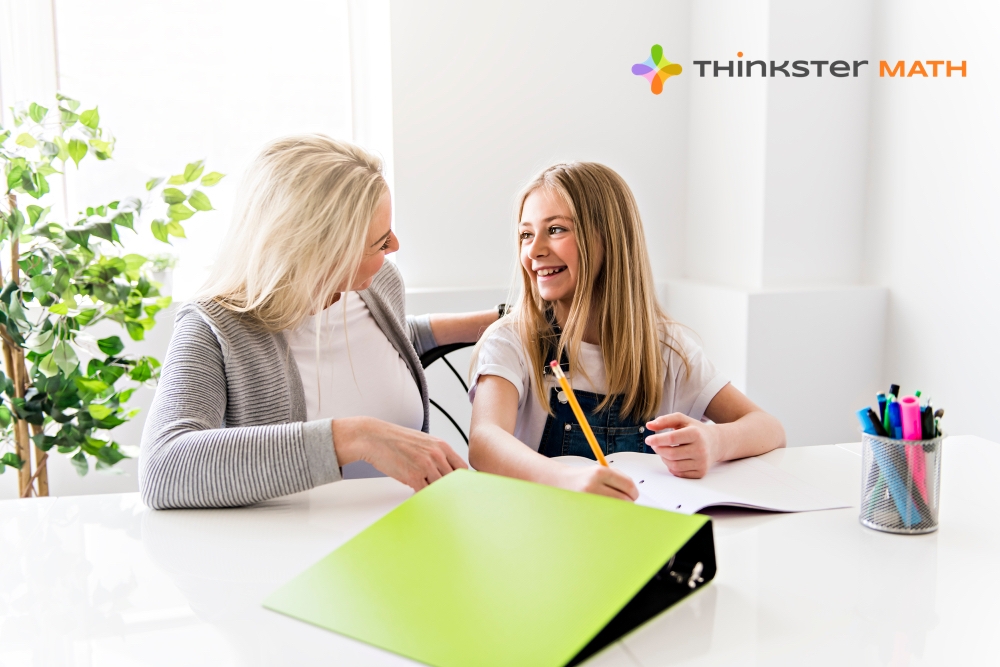

Last Updated on August 31, 2021
Kindergarten geometry is all about learning shapes, their attributes, and their names. What better medium to get some hands-on practice with this than Play-Doh? Play-Doh lets you create shapes in all sizes and types, so your child can have some fun while learning these important kindergarten geometry facts and terms. It gives tactile learners a chance to experience geometry for themselves without the confines of pencil and paper work, which does not work well for these learners. Here are some tips to help you use Play-Doh to teach geometry to kindergarteners.
One of the easiest tools to use is a cookie cutter. Find some Play-Doh cookie cutters in basic shapes, like rectangles, triangles, circles and squares. As you play, use those terms over and over to solidify what they are to the child. Compare the shapes to see which are bigger and smaller. This conversation will help build kindergarten geometry vocabulary.
Cubes, spheres, cylinders and prisms are three-dimensional shapes that kindergarteners will begin to explore. While your kindergartener does not need a full understanding of these yet, it’s important to get a solid introduction to these shapes. You can craft them out of Play-Doh very easily. Then, give our child a chart to record how many sides, edges, and angles the shape has. Use simple vocabulary, as kindergarteners are not ready for complex terminology. This early introduction will help get your child prepared for future geometry study.
Take your exploration of shapes a little further with three-dimensional toothpick shapes. Roll small balls of Play-Doh, then help your child use toothpicks to connect these balls and make shapes. Four balls and four toothpicks can be turned into a square, while three balls and three toothpicks can be a triangle. When you are done, let your child experiment and make his own shape, which you can name together for a little bit of fun.
The more you play with Play-Doh with math in mind, the more ways you will find to introduce kindergarten geometry facts. If you find that your child could benefit from additional practice, Thinkster Math is ready to help. Thinkster is an iPad based program that tutors children in all aspects of math, including geometry. It offers instruction at the point of learning, so your child gets the right amount of instruction exactly when it is needed. Explore everything that Thinkster offers, and see how easy it will be to give your child the best possible start in kindergarten math.



